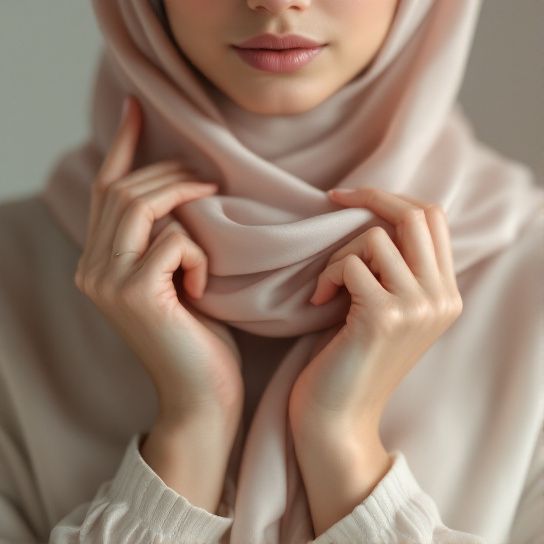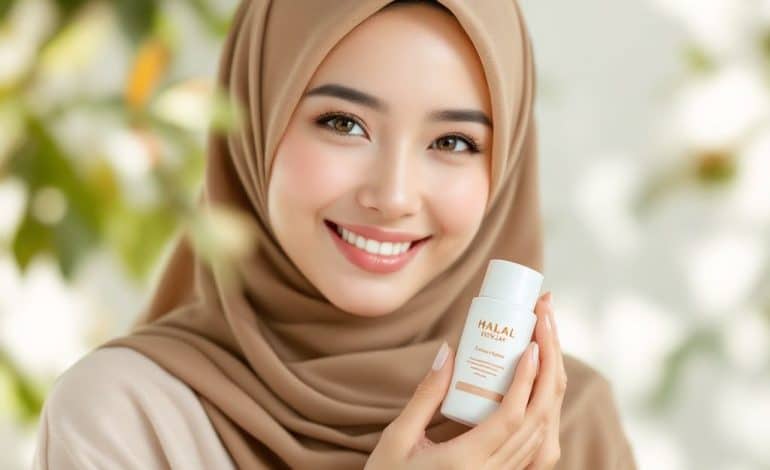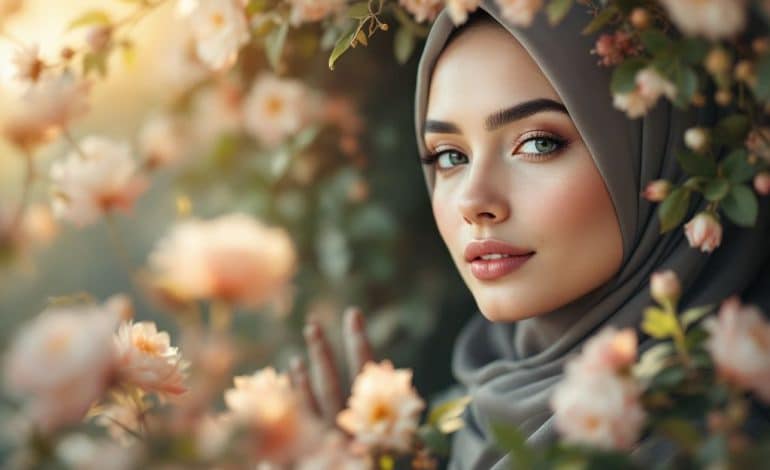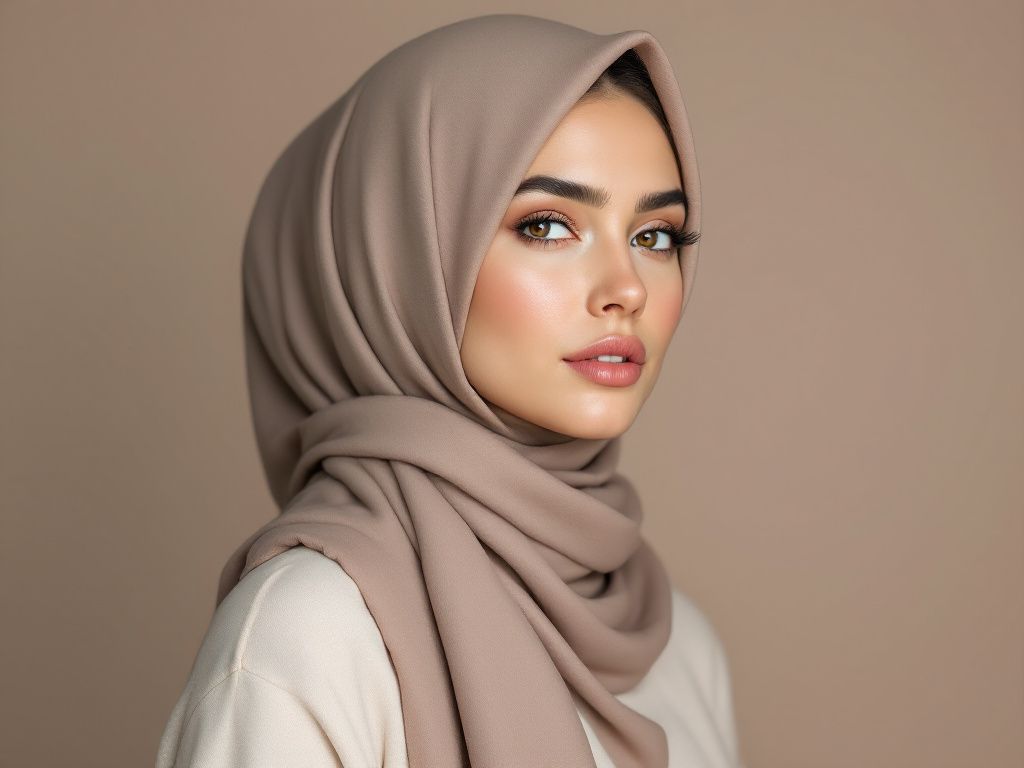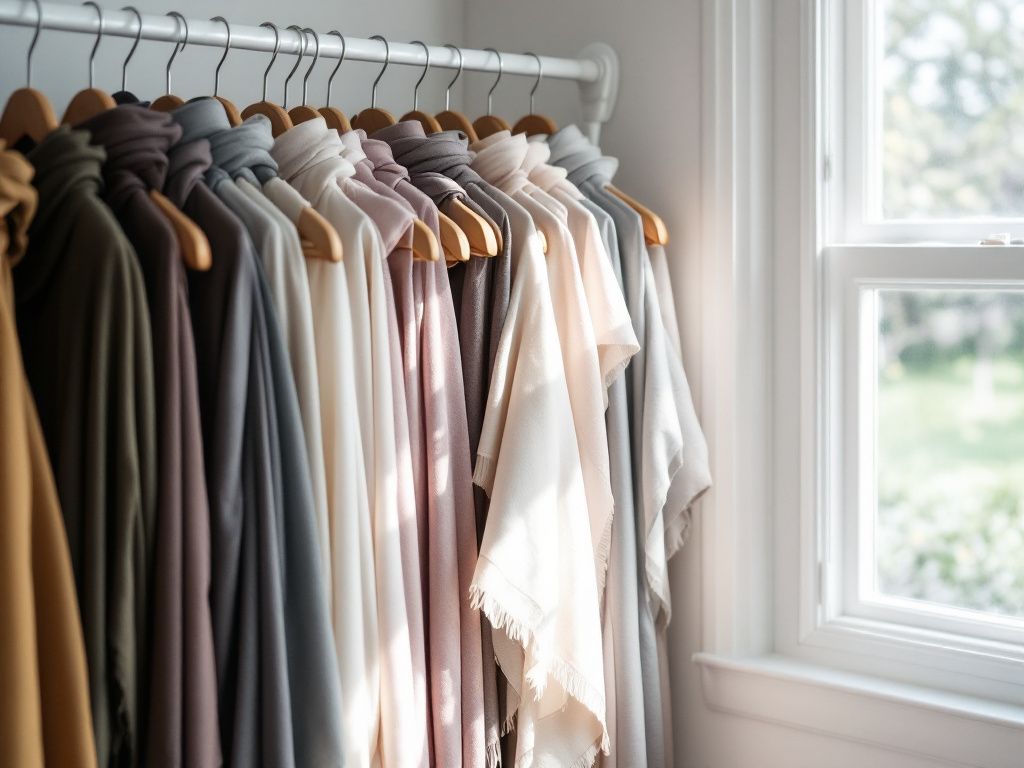[Summer Fabric Fix] The Hijab Guide Breaking All the Style Rules
![[Summer Fabric Fix] The Hijab Guide Breaking All the Style Rules](https://mohajba.com/wp-content/uploads/2025/04/summer_hijab_fabrics_feature-770x470.jpg)
Welcome to a comprehensive guide focused on breaking boundaries with your hijab style this summer. As temperatures rise, finding the right summer hijab fabrics isn’t just about keeping cool—it’s about embracing innovation, comfort, style, and functionality. Backed by research and industry standards, this roundup aims to provide everything you need to navigate hot weather without compromising on your faith, fashion, or comfort.
Why Summer Hijab Fabrics Matter
The importance of choosing the right fabric cannot be overstated; it impacts how you feel throughout the day. The wrong material can lead to discomfort, overheating, and an overall unpleasant experience. Fortunately, the right fabric can redefine your summer days, making every outing a delight rather than a chore.
Exploring Material: The Foundation of Comfort
Understanding material properties is crucial in selecting the right summer hijab fabrics. Let’s delve into some superior materials recognized by both consumers and textile experts for their breathability and comfort during the sweltering summer months.
Linen: The Patron of Coolness
Linen is celebrated for its incredible breathability and moisture-wicking properties, making it a top choice for summer 👗. Constructed primarily from natural flax fibers, linen provides superb capillary action, enabling sweat to evaporate with efficiency. According to the Textile Research Journal, linen can remove perspiration from the skin three times faster than cotton, helping maintain an optimal body temperature.
**Advantages:**
- Odor Control: The antimicrobial properties of linen can keep unwanted odors at bay.
- Durability: Despite being lightweight, linen is incredibly durable and resistive to both abrasion and pilling.
**Real-World Application:** Noor’s Lifestyles recently launched a linen hijab that has become a favorite as temperatures soared across North America. One customer noted the substantial difference in her comfort levels during high humidity days compared to her previous cotton hijabs.

Viscose: The Soft Connector
Viscose, often found blended with natural fibers, marries breathability with a soft touch. Its semi-synthetic nature allows for a cool feel, adapting to body temperature quickly and efficiently.
**Key Characteristics:**
- Breathability: Allows air to circulate freely, keeping the wearer cool and comfortable.
- Silk-like Feel: Provides luxury without the weight.
**Professional Insights:** A study published by the Shiraz Textile Academy confirmed viscose blends outperform polyester in terms of comfort and temperature regulation under direct sunlight. Considering its silk-like aesthetic, it’s also visually appealing for formal and casual outings alike.
Bamboo: The Eco-Warrior
The rise of sustainability has ushered in the popularity of bamboo fibers. Bamboo fabrics, known for their breathability and environmental friendliness, are gaining momentum in the hijab industry.
**Attributes:**
- Eco-Friendly: Bamboo requires much less water to cultivate than cotton, offering a sustainable clothing option 🌎.
- UV Protection: Bamboo fabrics boast an inherent protection against UV rays.
**Fact-Check:** Josephine Ezekwe, in her research on sustainable textiles, compares bamboo to more traditional fibers, noting a performance correlation in thermal regulation, with bamboo showcasing superior results in trials conducted in high-temperature environments.

Modal: Flexibility in Functionality
Another modal option combines comfort with functionality. Made from beech tree pulp, modal offers textile designers options that rank high on both aesthetics and practical function.
**Properties:**
- Softness: Known for an extraordinarily tight weave leading to high smoothness.
- Stretch and Recovery: Pretty durable and resistant to shrinkage.
Key Summer Hijabs: Styles and Recommendations
Navigating styles with these fabric choices isn’t difficult when armed with the right advice and expert insights.
- Lightweight Shawls: Ideal for loosely draping around the neck or over the shoulders, exploiting the breathability of materials like linen and bamboo whilst displaying bold, summery prints.
- Square Scarves: Suitable for layering, often crafted with viscose or modal for crisp folds and a smooth finish, cropping up in professional and personal settings alike.
- Hooded Designs: An innovative brand, Hooga Hijabs, harnessed the stretch and fit-delivery of modal, creating flexible hooded hijabs adorning sports enthusiasts, driven by demands for coverage that doesn’t impinge on mobility.
Expert Tips for Staying Cool in Hot Weather

- Layer Strategically: Start with a breathable underscarf. It will manage perspiration effectively.
- Color Choice: In hot climates, choose light-colored hijabs to reflect sunlight rather than absorbing it.
- Texture Matters: Textured fabrics may increase airflow between layers, so opt for these when possible.
Case Studies and Success Stories
Peering at notable outcomes inspired taps into real-world scenarios and supplements collective understanding:
- Global Insights: Alpha Hijabs pioneered using 100% recycled materials in their latest summer line. Consumers reported satisfaction, citing how different it felt wearing ethically-produced fashion in societal strides towards greener production approaches.
- Influencer Review: Chanelle Riyadh, a prominent voice in modest fashion, reviewed various summer hijab fabrics, stating linen options left her both stylish and comfortable comfortably during parasailing outings—an authentic testimonial on styles that live up to new levels of chic in action.
The Future Horizon: What to Expect
Looking forward, diverse fabric innovation continues to expand boundaries. From recycled materials integrating technical fibers to optimize performance to nanofiber developments potentially revolutionizing thermoregulating textiles. Here’s where industry giants focus on crafted designs combining elaborate weaving technologies that emphasize both utility and elegance in equal measure.
Conclusion
Navigating through the complexities of summer hijab fabrics doesn’t have to be daunting. With research-driven insights, appropriate selections and diligent care, mastering your headwear for summer isn’t just feasible; it’s an enjoyable journey across aesthetics, functionality, and tradition.
Choosing the right blend for your summer hijab not only uplifts personal style—ultimately, this becomes a symbolic narrative—representation of how modern fashion continuous adapts, considering broader environmental impacts and enhances wearer experiences seamlessly 🌿. Engage with trusted brands, explore avant-garde approaches, and redefine comfort with each new day securely with sophisticated confidence.
Frequently Asked Questions
What are the benefits of using a hair mask in my hair care routine?
Using a hair mask can provide several benefits, including hydration, smoothing, strengthening, curl definition, heat protection, and damage repair. Hair masks infuse the hair with moisture, help coat the hair shaft to seal split ends, reduce breakage, and protect the hair from heat styling and environmental damage[1][4].
What ingredients should I look for in a hair mask?
Effective hair masks often include ingredients such as coconut oil, argan oil, shea butter, honey, avocado oil, green tea, and coconut water. These ingredients provide nourishment, moisturize, and protect the hair, offering benefits like softening, moisturizing, and protecting against damage[2][5].
How often should I use a hair mask in my routine?
You should use a hair mask whenever your hair feels dry, unmanageable, or in need of intense hydration. This can vary depending on your hair type and needs, but generally, using a hair mask once or twice a week can help maintain healthy and moisturized hair[1][4].
How do I apply a hair mask for the best results?
To apply a hair mask effectively, shampoo your hair first, then apply the mask, focusing especially on the ends where hair tends to be the most damaged. Leave the mask on for anywhere from 10 minutes to overnight, depending on the type of mask and your hair’s needs[1][4].
References